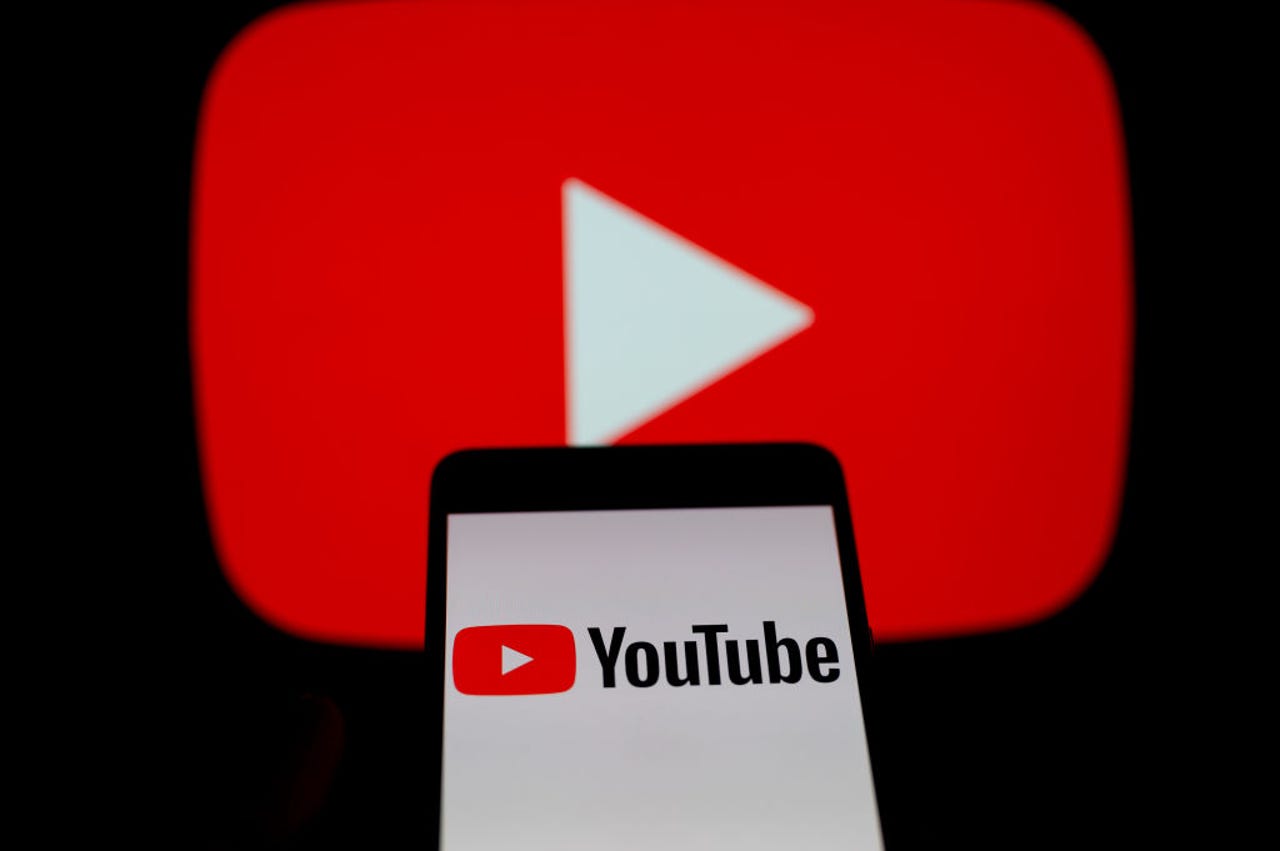
If there were any questions, it looks like YouTube’s crackdown on ad-blocking programs is working. But instead of whitelisting the video-sharing site specifically, users are uninstalling the ad-blockers altogether. For the month of October, several large ad-blocking programs saw a record number of uninstalls — and users specifically blamed YouTube.
The crackdown has been in testing since June, but it was just last week that YouTube officially said it was banning the use of ad-blockers and stopping users who had them in their tracks. If an ad-blocking program was present and a user tried to watch a video, a message was displayed that the use of those programs “violates YouTube’s Terms of Service.” While YouTube offered instructions for users to allow its site through ad blockers, it seems they’re just removing the program instead, according to Wired.
Also: How to become a content creator: Everything you need
AdGuard, which had around 75 million active users, said it usually sees around 6,000 uninstalls a day. From Oct. 9 to the end of the month, when YouTube’s new policy went into effect, it averaged more than 11,000 a day and even reached 52,000 in a single day on Oct. 18. On the flip side of that, subscriptions to AdGuard’s paid service surged, as it’s not affected by YouTube’s crackdown.
Ghostery, a German-based ad-blocker, said it had three to five times the average daily uninstall throughout October. When asked why they were leaving, more than 90% of users said YouTube’s crackdown was the reason.
Most ad-blocking programs don’t track a lot of data in the name of user privacy, but the Chrome extension store does track basic installs and uninstalls. Going on AdGuard’s numbers alone, that’s over 300,000 removals. Add Ghostery and other ad-blockers that there’s no data for, and it’s likely at least half a million removals.
Also: How to download YouTube videos for free, plus two other ways
The ban on ad-blockers comes at a time of pretty big changes in the world of advertisements on YouTube. Last month, the company changed how advertisements appear for television viewers, leading to longer (but less frequent) ad breaks. This made it easier for creators to promote products, meaning you’ll see more ads there.
Of course, where people have a will to skip ads, there’s almost always a way to do just that — and online chatter is awash with tips, browser recommendations, and methods to still watch YouTube without the ads.
It’s worth noting that YouTube’s crackdown hasn’t made its way to all ad-blockers yet, and some users with affected ad-blockers are still watching ad-free just fine. However, it’s clear where YouTube’s intention is, and if your ad-blocking hasn’t been affected yet, it probably will be soon.
Social Media



